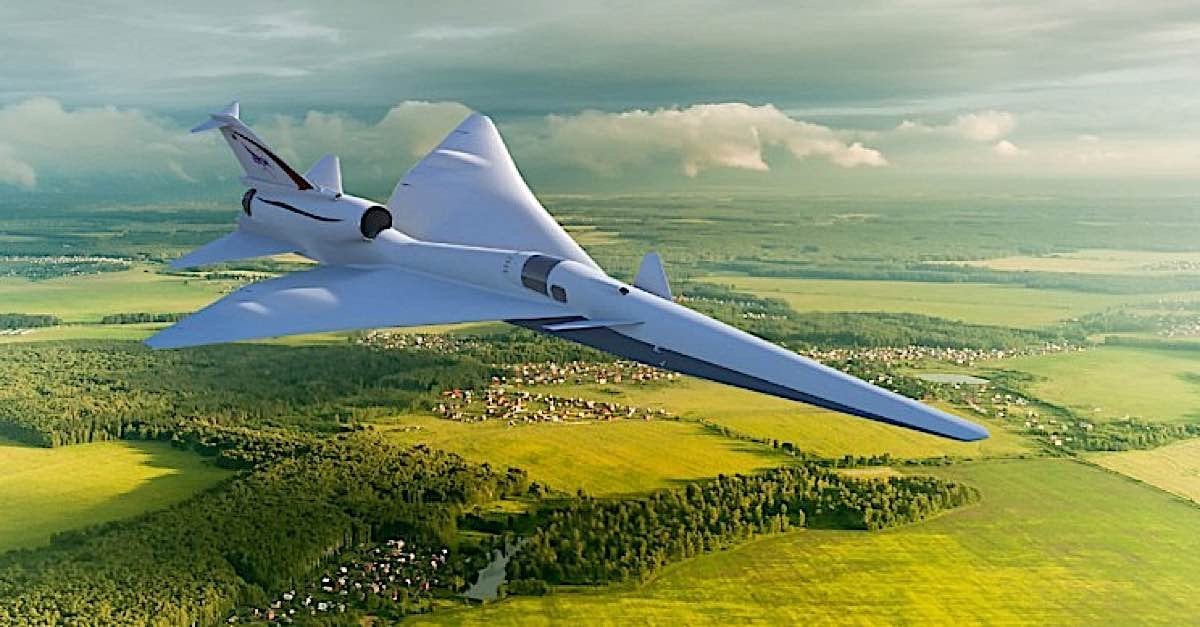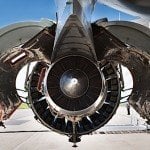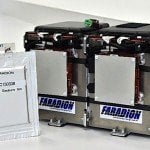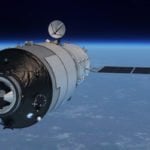The much anticipated X-59 QueSST Supersonic jet, co-developed by Lockheed Martin and NASA — which promises “quiet” supersonic — may make pilots think they are flying a simulator. Due to the uniquely slipperly shape of the airframe, a frontal window would have to cover the entire front. Engineers developed a novel solution: a monitor display.
Inside the simplified cockpit is one sizeable 4K monitor, reminiscent of the centre monitor of a simulator. Borrowing a page from Star Trek, the pilots must trust a monitor for frontal visual input, supported by instrumentation on two large digital displays. Yes, there are side-windows and an “over the top” canopy with a clear view; but the main view is via cameras and monitors.

The X59 is a next-generation super aerodynamic version of a supersonic jet, promising “Quiet Supersonic Technology” (QueSST). The new viewing system certainly promises some advances in frontal input, including enhanced views from two external cameras. The video from the two cameras is merged and enhanced with instrument readings, borrowing a page from automobiles with projected instrumentation on windshields. Except, in this case, the pilot will rely on video and instrumentation exclusively; there is no windshield.

When combined with “obstacle detection” systems, there are significant advantages in terms of input and reaction-time. Pilots can enhance views, glance down at a second monitor displaying terrain, and see the speed and other data right in their main field of view.
X-59 aerodynamics should reduce the sonic boom
The primary aspiration of the X-59 QueSST is a slippery aerodynamic supersonic airframe that should reduce sonic booms when breaking the sound “barrier.”
Lockheed Martin is developing the working prototype to demonstrate viability and proof of concept — and for the regulatory community. This is especially important with the hoped-for return of supersonic to civilian airspace. Any craft travelling faster than the speed of sound, at about 762 mph (depending on temperature), makes a boom. Regulators are cautious of approving supersonic civilian aircraft that are too disturbing, remembering the experience of the Concorde jets.

































